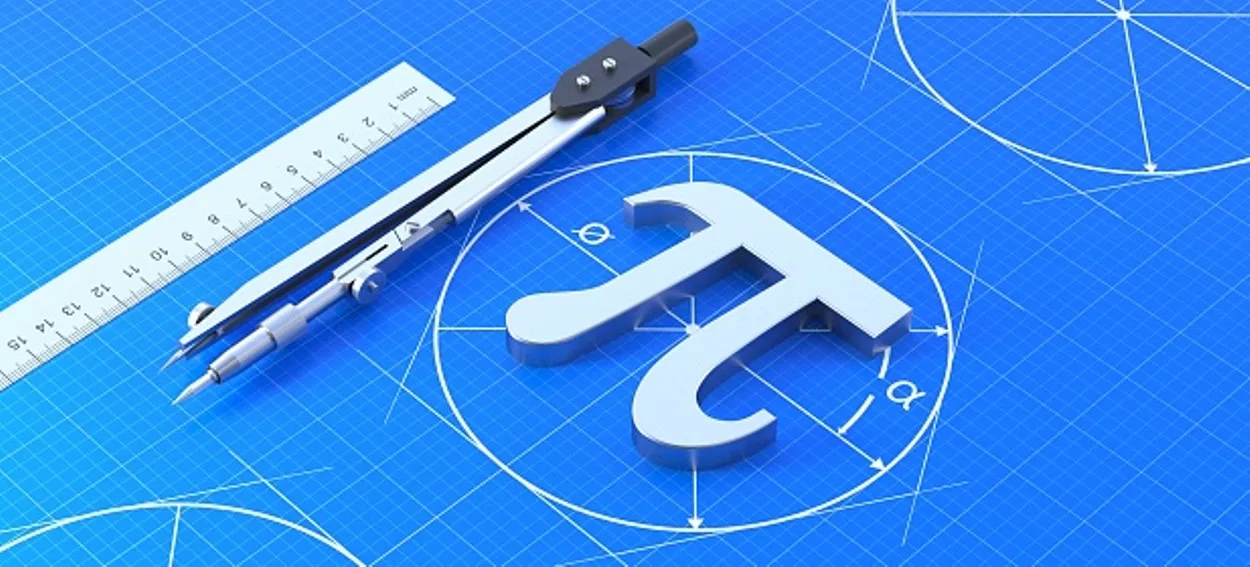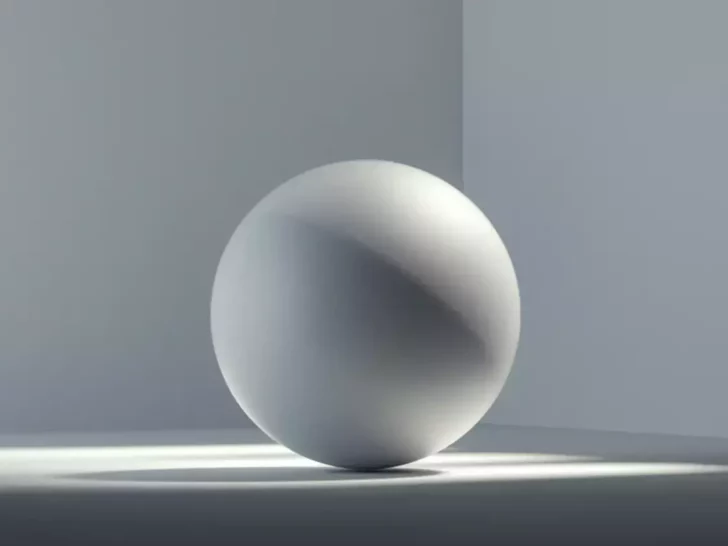What is a Sphere?
Importance of Sphere
What is a Centre Point?
How to Find the Center of the Sphere?
The three-dimensional equivalent of circles is a sphere. A sphere’s equation is similar to a circle’s equation, but it includes an additional variable to account for the extra dimension.
(x−h)2+(y−k)2+(z−l)2=r2
Radius equals r in this equation. The location of the sphere’s center is indicated by the coordinates (h, k, l).
Consider a sphere whose center is C(3,8,1) and crosses through the point (4,3,−1). What is its equation?
Let’s insert the points into sphere equation:
- (x−h)2+(y−k)2+(z−l)2=r2
- (x−3)2+(y−8)2+(z−1)2=r2
Since we already know that the sphere crosses the point (4,3,-1). We can insert this in for (x,y,z) and solve for r2.
- (x−3)2+(y−8)2+(z−1)2=r2
- (4−3)2+(3−8)2+(−1−1)2=r2
- (1)2+(−5)2+(−2)2=r2
- 1+25+4=r2
- 30=r2
Now that we know the figure behind r2, and the center point, we can solve the equation of the sphere: (x−3)2+(y−8)2+(z−1)2=30.

What is a Surface Area?
A surface is a mathematical representation of the everyday idea of a surface. Similar to how a curve generalizes a straight line, it is a generalization of a plane but unlike a plane, it may be curved.
Depending on the situation and the mathematicians’ methods employed for the study, there are a number of more precise definitions.
In Euclidean 3-space, planes and spheres are the most basic mathematical surfaces. Depending on the situation, a surface’s precise description could change.
A surface may typically cross itself in algebraic geometry (as well as have other singularities), but not in topology or differential geometry.
A moving point on a surface has the potential to move in two directions since it is a topological space with dimension two (it has two degrees of freedom).
To put it another way, a two-dimensional coordinate system is defined on a coordinate patch that is virtually always located around a point.
Latitude and longitude, for instance, offer two-dimensional coordinates on the Earth’s surface, which resembles (ideally) a spherical in two dimensions (except at the poles and along the 180th meridian).
A surface is frequently described by equations that may be solved using the coordinates of its points. This graph represents a continuous function with two variables.
Implicit Surface
An implicit surface is defined as the set of zeros of a function with three variables. A surface is algebraic if the defining three-variate function is a polynomial.
For instance, the implicit equation may define the unit sphere as an algebraic surface.
x2+y2+z2-1=0
Another way to describe a surface is as the representation of a continuous function of two variables in a space with at least three dimensions.
In this instance, it is claimed to have a parametric surface parametrized by these two variables, also known as parameters. For instance, the Euler angles, also known as longitude u and latitude v, can be used to parametrize the unit sphere.

How to Find the Surface Area of Sphere?
Pi*R2 is the area of a disc encircled by a circle of radius R. A circle of radius R has a circumference calculated as 2*Pi*R.
The latter is the derivative of the former with regard to R, as shown by a quick calculus check. Similarly, (4/3)*Pi*R3 is the volume of a ball enclosed by a sphere with a radius of R.
And 4*Pi*R2 is the equation for a sphere with radius R’s surface area. It is also possible to verify that the latter is the derivative of the former with regard to R.
It’s not a coincidence, that’s for sure. A slight change in the ball’s radius results in a change in its volume, which is equal to the volume of a spherical shell with radius R and thickness (delta R).
Thus, the volume of the spherical shell is roughly equal to (surface area of the sphere)* (delta R). However, the derivative is merely the change in ball volume divided by (delta R), thus (surface area of the sphere).
What is the 3-dimensional volume of its boundary if I tell you that the 4-dimensional “volume” of the 4-dimensional ball is (1/2)*Pi2*R4?
Potential Difference Between Centre of Sphere and Surface of Sphere?
The fact that the surface is three-dimensional and the sphere’s center is a (non-dimensional) point, and that their values are independent of one another, is a significant difference.
The center of the sphere and its surface has the same potential if the sphere is a conducting hollow spherical. There is no electric field present in a perfect conductor.
The surface of a dielectric sphere has a potential of KQ/(R) and the center is at zero potential.
Watch This Video for Calculating Potential Difference With Spherical Symmetry
Other Three-Dimensional Shapes
| Shapes | Attributes |
| Cube | Faces – 6 Edges – 12 Vertices – 8 |
| Cuboid | Faces – 6 Edges – 12 Vertices – 8 |
| Sphere | Curved Face – 1 Edge – 0 Vertices – 0 |
| Cone | Flat Face – 1 Curved Face – 1 Edge – 1 Vertex – 1 |
| Cylinder | Flat Face – 2 Curved Face – 1 Edge – 2 Vertices – 0 |
Conclusion
- The sphere is a three-dimensional shape and it’s similar to a circle.
- Spherical objects are quite common and we can see them around us all the time. It’s the most important shape in mathematics.
- x2 + y2 + z2 = r2 is the sphere’s general equation.
- An implicit surface is defined as the set of zeros of a function with three variables.
- The center of the sphere and its surface has the same potential if the sphere is a conducting hollow spherical.
Featured Articles
- The Difference Between Equations And Functions-1
- Magnetic & Electric Fields’ Phase Difference
- What Does ‘The Difference’ Mean In Math?

